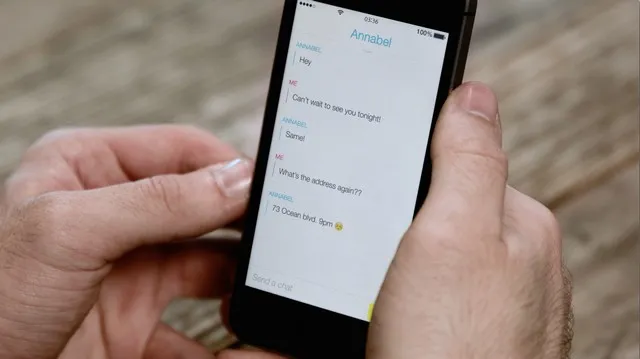The short-attention communication happening digitally, there is a constant trail of messages left behind for anyone to access. However, a growing number of apps now allow you to send notes, images, and messages that vanish without a trace after being viewed. It gives users more control, discretion, and peace of mind when sharing sensitive information or just cleaning up their digital footprint.
Rise of ephemeral messaging
Ephemeral messaging isn’t new, with the likes of Snapchat pioneering self-destructing photos and videos back in 2011. But this concept is now being more widely adopted across different types of apps beyond just social messaging. Note-taking, reminders, collaboration tools and more are jumping aboard the ephemeral bandwagon. The reasons why are fairly obvious. We don’t necessarily want nor need every piece of information we share or communicate to exist permanently. Ephemeral messaging allows for more discretion by only making info viewable temporarily before it deletes itself without going back and removing it from the internet (which is never guaranteed).
What can you do with self-destructing notes?
Giving users more discretion, privacy and security are the obvious advantages of ephemeral messaging that make it so appealing. But when it comes to everyday practical application, what are people using these self-destructing notes and uploads for once sent?
Temporary collaboration
Ephemeral private notebook provide a handy way for co-workers, classmates, or any other collaborators to quickly share information relevant in the short term that doesn’t need storing permanently. Things like meeting notes, study resources, plans, and drafts are efficiently communicated on the fly while avoiding inbox clutter down the road.
Disappearing reminders
We all set reminders for ourselves – whether it’s grocery items to grab or to follow up with someone on an action item. But once that reminder is no longer needed, you’re often left with it aimlessly taking up space unless manually deleted. Ephemeral notes let reminders essentially delete themselves by design, freeing you up.
Private sharing
There are many legitimate reasons people want an extra layer of privacy, discretion, and security when communicating sensitive information digitally – ephemeral messaging allows for this seamlessly. It includes everything from sharing confidential work documentation to even just gossiping with friends.
Minimizing digital footprint
We live more of our lives online than ever before. Even for those not overly concerned with privacy, minimizing your digital footprint by limiting access to info still be appealing to keep life clutter-free. Ephemeral communication means less of a permanent trail left behind from everyday chatter.
Self-destructing note security considerations
Any app that touts disappearing or encrypted messaging ought to be scrutinized for the security it provides.
- Encryption standards – Look for end-to-end encryption that keeps data secure specifically with AES 256-bit encryption that meets military communication standards.
- Accessibility monitoring – Apps should actively monitor who accesses encrypted data and have measures for blocking screenshots and recording.
- Message history & Meta data deletion – True ephemeral messaging requires deleting all traces of content both on devices and servers, not just hiding messages.
- Open source code auditing – Open source code allows greater visibility into security and privacy vulnerabilities that may otherwise be lurking behind the scenes.
- Compliance standards – Adherence to regional regulations like GDPR or ISO demonstrates a focus on security and data handling best practices are in place.












